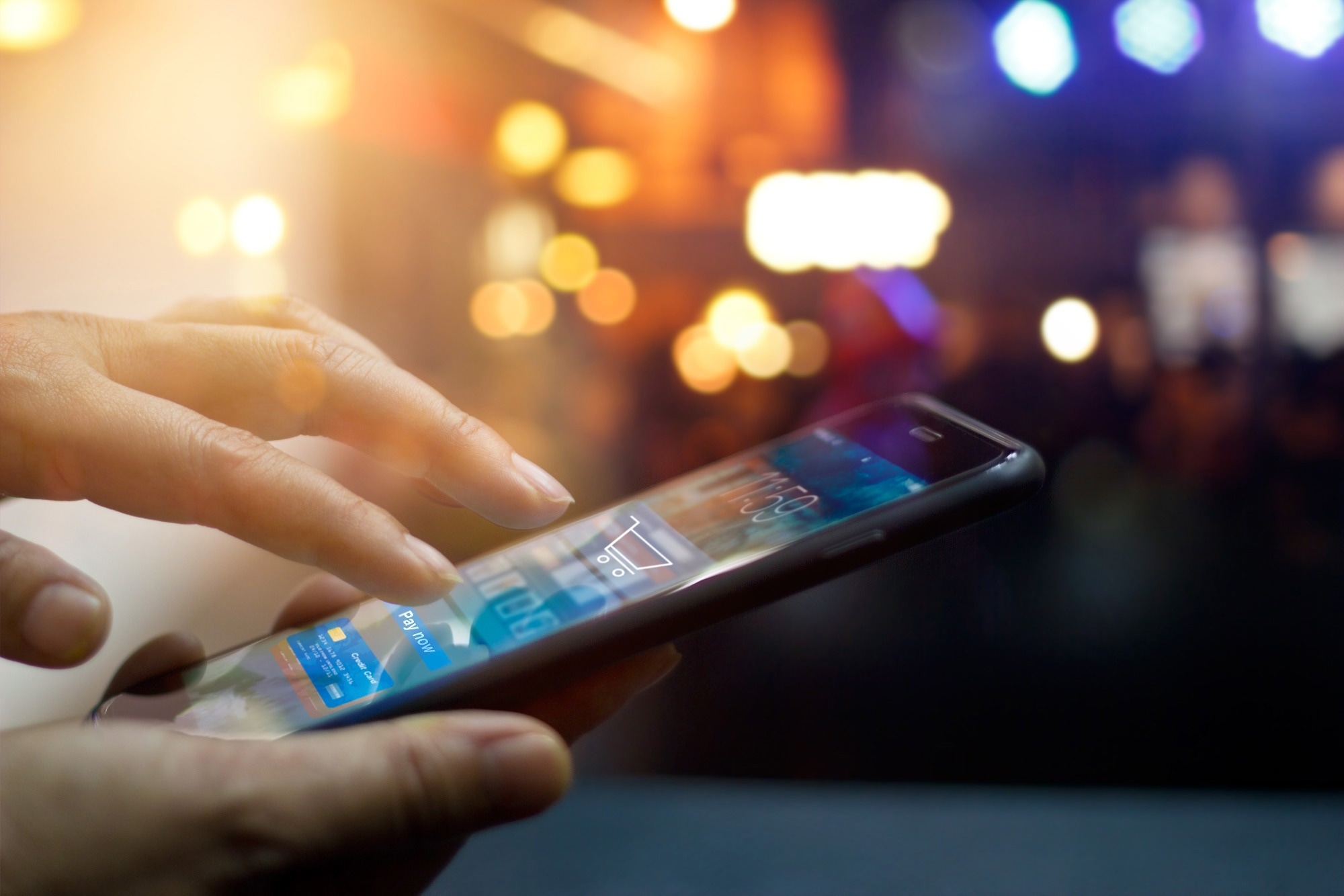In a recent study published in the journal BMC Public Health, a team of researchers from Malaysia described a mobile phone application called Gamified-Real-Time Video Observed Therapy or GRVOTS designed to motivate tuberculosis patients to adhere to their treatment regimen through improved patient tracking and enhanced engagement with their doctors through the mobile application.
 Study: Enhancing tuberculosis treatment adherence and motivation through gamified real-time mobile app utilization: a single-arm intervention study. Image Credit: PopTika/Shutterstock.com
Study: Enhancing tuberculosis treatment adherence and motivation through gamified real-time mobile app utilization: a single-arm intervention study. Image Credit: PopTika/Shutterstock.com
Background
Tuberculosis continues to be a serious infectious disease, with more than 10 million cases still being reported worldwide every year. Statistics from Malaysia indicate that by 2030, the country will have close to 30,000 tuberculosis cases.
The treatment protocol requires the patients to complete a six-month-long medication regimen immediately after being diagnosed with tuberculosis.
The regimen is administered using Direct Observed Therapy Short Course or DOTS, intended to improve adherence to the treatment regimen in tuberculosis patients. However, Malaysia continues to experience a high prevalence of loss to follow-up.
Managing chronic diseases such as tuberculosis is an area where mobile health technology can potentially be used for treatment management.
It not only improves connectivity between healthcare professionals and the patients but also fosters self-management and patient empowerment, cumulatively improving patient adherence to medication regimens.
Since 2015, the World Health Organization has also aimed to include digital health initiatives to improve tuberculosis care and prevention.
About the study
In the present study, the team described the use of the mobile app GRVOTS in managing the adherence of tuberculosis patients to the treatment regimen and conducted a single-arm intervention where GRVOTS was administered to a sample group of patients with specific medical conditions.
These patients were tracked during the study period to analyze the app's success in improving adherence to treatment regimens.
The data was collected using the Malaysian Medication Adherence Assessment Tool or MyMAAT and the Intrinsic Motivation Inventory (IMI).
MyMAAT evaluates the habits associated with medication adherence, while IMI consists of a self-determination theory-based questionnaire that measures the levels of intrinsic motivation.
The participants were recruited from 18 facilities consisting of various primary health clinics and government hospitals. Tuberculosis patients between the ages of 19 and 64 years who spoke either English or the Malay language and had recently been diagnosed with tuberculosis and were undergoing first-line treatment were included in the study. Furthermore, the included patients were also required to complete the DOTS course in person at least two weeks before being enrolled and know how to use smartphones.
Patients were given mobile phones during enrollment and informed that participation in the study was voluntary, with no consequence on their treatment if they decided to withdraw.
The patients and supervisors were both provided training on using the mobile application, after which the patients were required to send videos for Video Direct observation therapy (VDOT) and any reports on side effects every day for the next two months.
Results
The results indicated that the IMI and MyMAAT scores increased significantly from baseline and over the two follow-ups at four and eight weeks. It also described the unique dashboards available on the mobile application for the patients, administrators, and supervisors.
The patients could view their medication information, treatment progress, and uploaded information; supervisors could view the videos and reports uploaded by the patients, and the administrators could view the list of patients.
The average adherence score reported in this study after implementing the GRVOTS mobile app among the participants was 90.87%, a significant improvement over the adherence score of 80%, which was the recommended guideline.
The score was also significantly higher than in a 2017 physical DOTS study. Furthermore, a linear trend was observed in the increase in the MyMAAT score after the post-hoc analysis, which the scientists attributed to patients forming a habit of taking their medications on time, which takes about three or more weeks to establish.
Additionally, improvements were observed across the three subdomains of competence, interest, and choice, with interest showing the highest positive change after using the GRVOTS app.
The researchers believe that, as illustrated by many previous studies, app features involving gamification, such as reminders, education, incentives, rewards, and social or community interventions, promote adherence to the target behavior over time.
Conclusions
Overall, the findings demonstrated that the GRVOTS mobile app effectively improved adherence to medication regimens among tuberculosis patients and increased the motivation and interest of the patients in adhering to their treatment schedules.
The app also provides a platform for supervisors and administrators to be directly involved in helping the patients adhere to their treatment regimens.
The GRVOTS mobile application could be potentially useful in helping tuberculosis patients efficiently and independently manage their treatments.
Journal reference:
-
Abas, S. A., Ismail, N., Zakaria, Y., Yasin, S. M., Ibrahim, K., Ismail, I., Razali, A., Sherzkawi, Mas Ahmad, & Ahmad, N. (2024). Enhancing tuberculosis treatment adherence and motivation through gamified real-time mobile app utilization: a single-arm intervention study. BMC Public Health, 24(1), 249. doi: https://doi.org/10.1186/s1288902317561z. https://bmcpublichealth.biomedcentral.com/articles/10.1186/s12889-023-17561-z